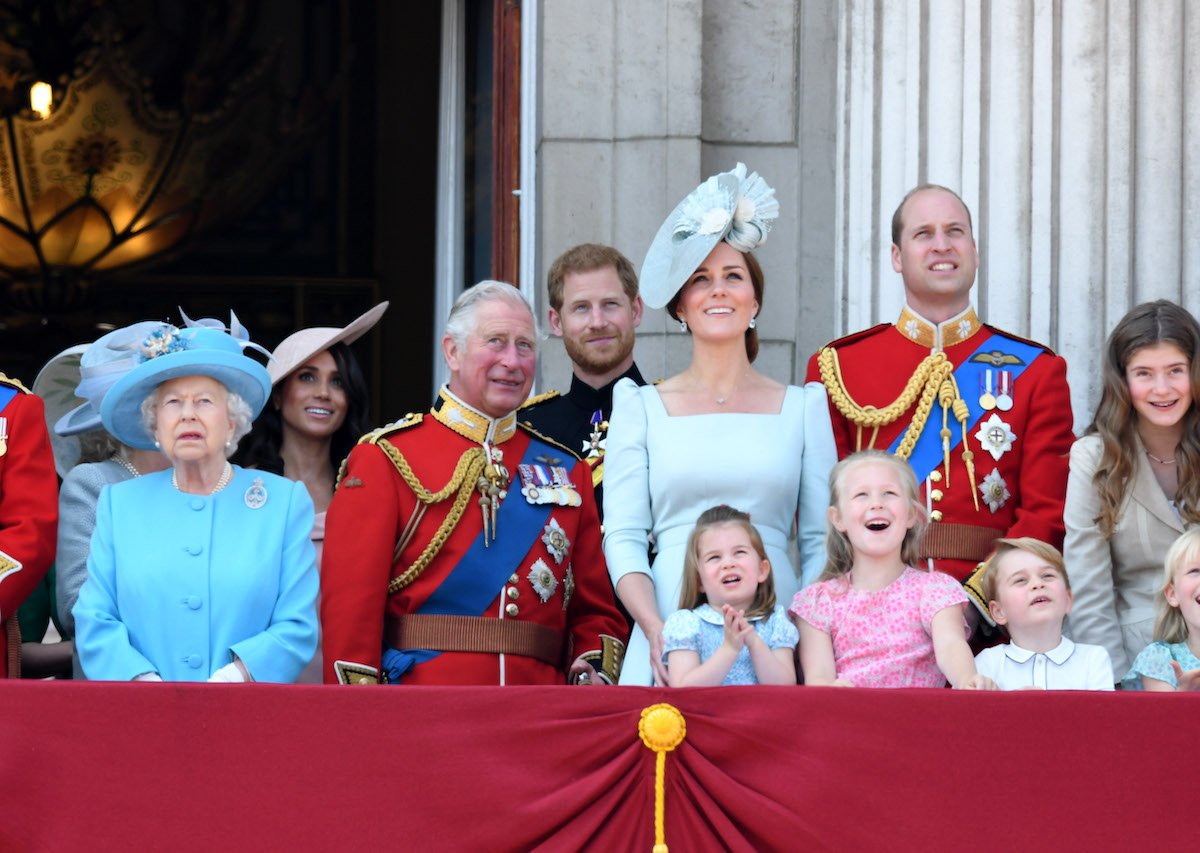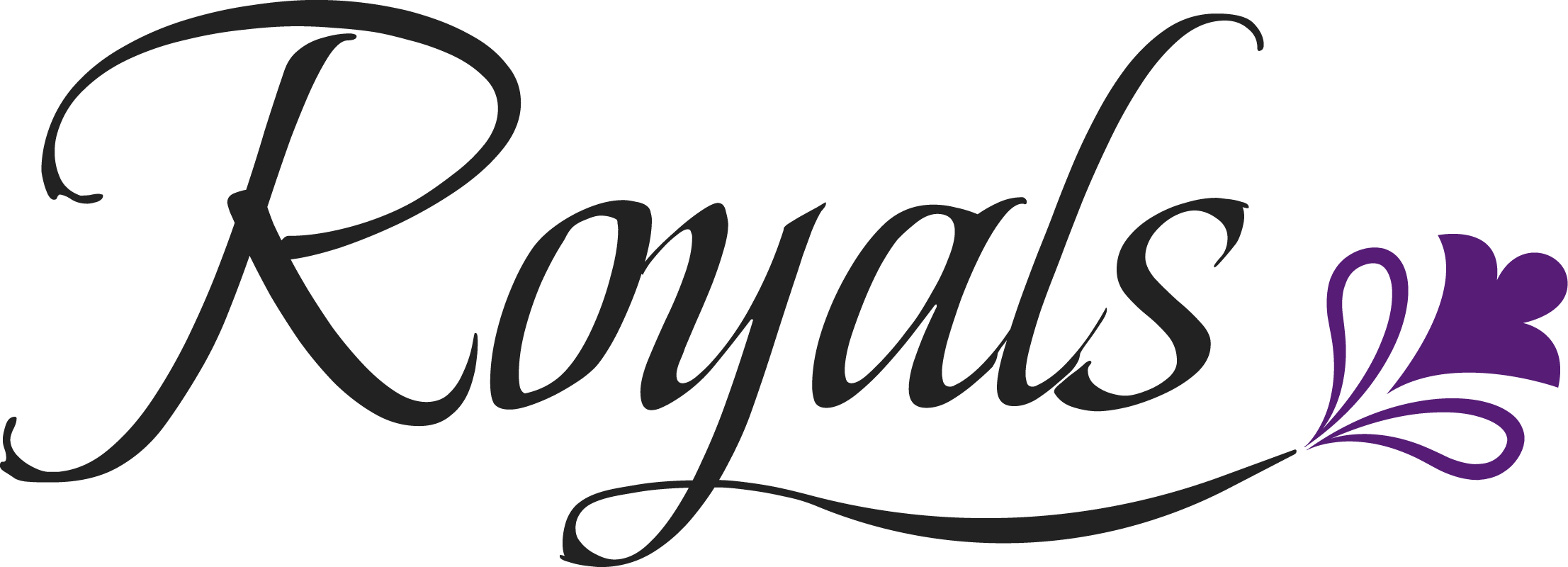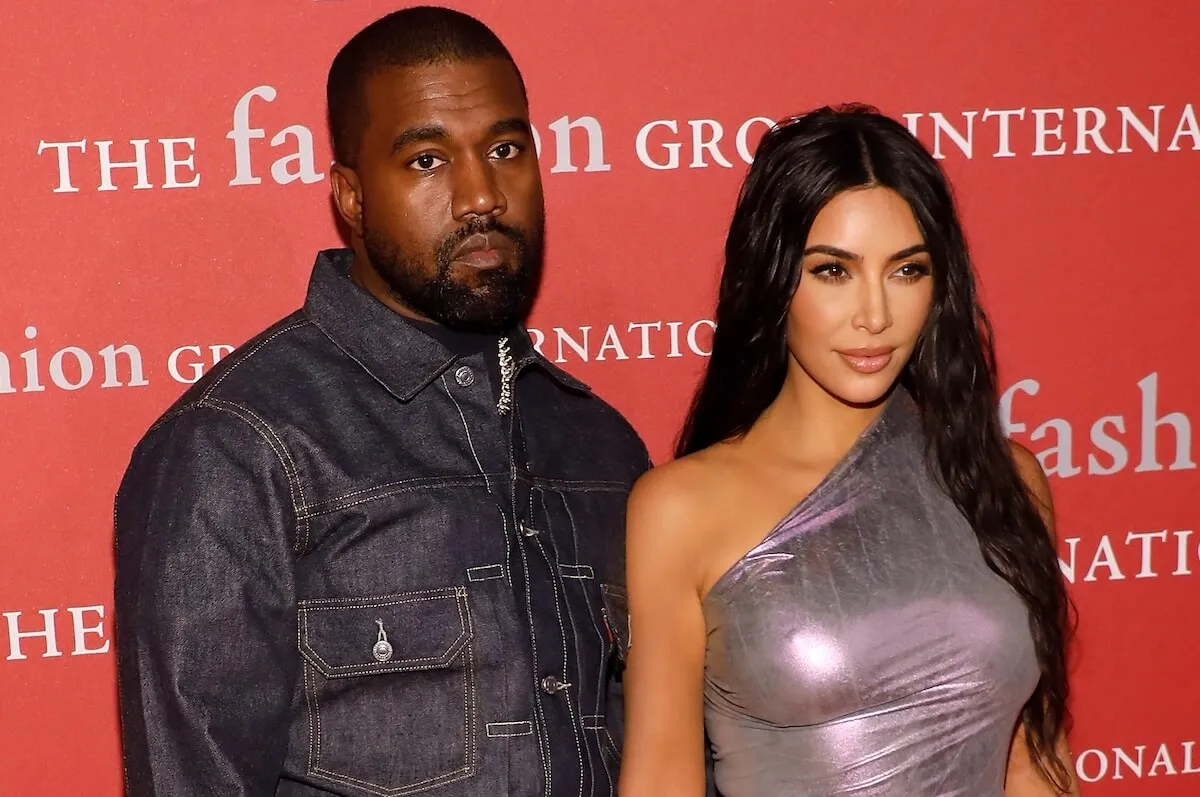Inside the British Royal Family Tree and Its Complicated Line of Succession
Queen Elizabeth II is the United Kingdom’s longest-serving monarch, having started her reign in 1952. Currently, she has more than 20 successors, all of whom have been born at different times during her 70-year reign and fit into the U.K. royal family tree. What complicates their family tree is the line of succession, which changes with the birth of new princesses and princes and has historically pivoted entirely from what is expected.
Who are the current members of the U.K. royal family?
The queen currently sits at the top of the royal family tree. She was married to Prince Philip, who died in April this year, aged 99, and together they had four children: Prince Charles, Princess Anne, Prince Andrew, and Prince Edward. These children and their families are all members of British royalty.
Charles, the Prince of Wales, has two sons from his marriage with Princess Diana, a popular humanitarian known for her public service who died in a car crash in 1997. Prince William, the Duke of Cambridge, is the older one of Charles’s sons, and Prince Harry, the Duke of Sussex, the younger one.
William is married to Catherine, Duchess of Cambridge, and together they have three kids: Prince George, Princess Charlotte, and Prince Louis. Harry married Meghan, Duchess of Sussex and they have two kids: Archie and Lilibet. Harry and Meghan have stepped down as senior royals.
Anne is the queen’s second child, and she has two kids from her former marriage with Captain Mark Phillips: Peter Phillips and Zara Tindall. Peter Phillips is married to Autumn Phillips, and together they have two kids: Savannah and Isla. Zara Tindall’s husband is Mike Tindall and their children are Mia Grace, Lena Elizabeth, and Lucas Phillip.
The queen’s third child, Prince Andrew, the Duke of York, was married to Sarah Duchess, but they divorced in 1996 after having two daughters: Princess Beatrice and Princess Eugenie. Eugenie is married to Jack Brooksbank, and together they have one child, August Phillip.
Prince Edward, Earl of Wessex and Viscount Severn, is the Queen’s lastborn, and he is married to Sophie Rhys-Jones. They have two children, Lady Louise and James, Viscount Severn who, like Harry and Meghan’s kids, do not carry royal titles.
Understanding the royal family line of succession

Royal family pictures help us learn a lot about the inner workings of the family, but before you can know where your favorite royals stand in line to the throne, it is important you first understand how the British line of succession works. Under Common Law, there are three factors that determine who takes the throne: descent, sex (males born before October 2011 are considered before their elder sisters), legitimacy, and religion. The law also dictates that the crown can only go to individuals born in the royal family and is inherited by a sovereign’s children or their nearest collateral line if they are childless.
Currently, Charles is first in line to the throne, followed by his eldest son, William, and then William’s eldest child, George. Charlotte is fourth in line to the throne, thanks to changes made in the traditional line of succession, preventing males from preceding their elder sisters. William’s youngest son, one-year-old Prince Louis, is fifth in line to the throne.
Harry is sixth in the British succession line, while his kids, Archie and Lilibet, follow at the seventh and eighth places respectively. The ninth person in line to the British throne is Andrew, with his children, Beatrice and Eugenie, occupying the next two places. August Phillip is next in line to the throne after his mother.
Edward is 13th in line to the throne with his son, James, following close after and then his daughter, Lady Louise. Next in line is Anne, who is followed by her only son, Peter Phillips.
Peter Phillip’s daughters, Savannah and Isla, occupy the next two places in their respective order. His sister, Zara Tindall, is 20th in line to the throne with her children Mia, Lena, and Lucas, following behind her in their respective order.
What changes could arise in the royal family line of succession?
The major changes in the royal family line of succession occur after some members get married and have children. Princess Anne, for instance, was once third in line during her birth but has now been bumped to a distant 16th. The same could happen to Harry and his children. When Prince George grows up, gets married, and has royal children of his own, they will occupy the next respective positions after him in the succession line. This will change the positions of everyone who comes after him.
Based on the natural line of succession in the British royal family tree, the Prince of Wales should be crowned the King of England following the passing of Queen Elizabeth II. However, many speculate about whether Charles will be snubbed by the royal family, with the crown being given to William instead.
Will Prince Charles miss his chance of becoming king?
The Insider reports that there are two elements that determine the royal family line of succession. These two elements include ancestry and law created by the British government. Based on these two elements, Charles is currently the heir apparent to the British throne.
Since his divorce from the late Diana, the public has been very vocal about their dislike for Charles. The public has made many a plea to see Charles kicked out of the family tree with the crown going to William after Queen Elizabeth’s death. However, this plea has been thoroughly rejected by Queen Elizabeth and her committee.
Even if Queen Elizabeth wanted to change the line of succession and forgo having Charles become king, she doesn’t have the power to do so. The 1701 Act of Settlement is the legal document that determines the royal family line of succession, and only Parliament holds the authority to make changes to it. Therefore, Charles will not miss out on his chance of becoming the King of England. As long as the 72-year-old Prince of Wales outlives his mother, who is currently 95-years-old, he will be crowned the king of the United Kingdom upon her death.
When will the line of succession of the British royal family tree end?
As second in line of succession to the British crown, William will also likely become the king of the United Kingdom at some point in his life. Following William, his eldest son, George, is the third in the line of succession. While it would appear that George also has a high chance of becoming King during his life, many believe that the monarchy won’t last that far into the future. According to the Independent, many young British people want to abolish the monarchy altogether. Recently conducted polls indicate that 41 percent of Brits between the ages of 18 and 24 vastly prefer an elected head of state compared to the concept of a king or queen.
This changing trend in public perception toward the monarchy is only projected to continue well into the future, drastically increasing the chance that Parliament will eventually rule to abolish the monarchy altogether. So, while the young George is in the natural line of succession for the British throne, his chances of being crowned the king of the United Kingdom during his lifetime seem to be dwindling with each passing year. Ultimately, only time will tell who will be crowned the next King of the United Kingdom and what the future holds for the entire British royal family.
Related: Why Is Princess Charlotte Before Louis in the British Line of Succession?



